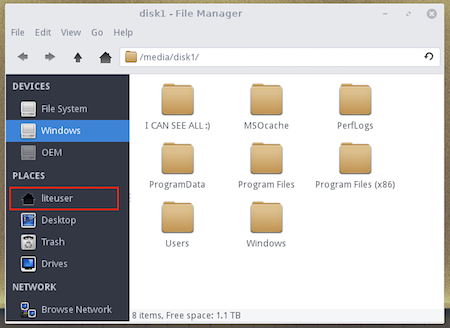Hung Chang Oscilloscope Manuals
- Hung Chang Oscilloscope Manuals Youtube
- Hung Chang Oscilloscope Manuals 2016
- Hung Chang Oscilloscope Manuals Online

Hung Chang Oscilloscope Manuals Youtube

2012 return of quetzalcoatl pdf to word free. This problem should be quite easy to fix. If you look at the circuit diagram, you will notice that both circuits are the same (CH1 & CH2) pre-amplifiers up to the red lines. From there the signal gets switched (CHOP mode for slow sweeps & ALT mode for fast horizontal sweeps) if both channels are in use. The block marked in blue provides the switching signals. So your fault is most likely in the final vertical amp stage where you are losing amplification on one side of the differential stage. The final transistors often run quite hot and may have heatsinks on them. Your fault sounds to me to be heat related, where the transistor fails as it starts to heat up.There are two ways to go about this:(after making sure all the supply voltages are correct)1/ Using a can of circuit freeze, squirt each of the transistors in turn as soon as the fault appears.
Wait a second or two between transistors to see if the fault clears. The fault may clear because freezing the transistor will tend to reduce the leakage current in the faulty transistor until it heats up again. If normal operation returns when freezing a transistor, you should remove, check and replace it if necessary. Be aware it may test quite normal on a Ohm meter when cooled off and out of circuit. I often apply some heat from a soldering iron (someone may help you) while checking the transistor. Check for excessive leakage between collector & emitter which is the most likely to show up. If in doubt, change the device.2/ Ground CH1/2 inputs and place the vert controls of both channels in the center position and XY mode.
Hung Chang Oscilloscope Manuals 2016
Next by taking voltage measurement in the final stage, you should be able to see which half is faulty. The DC voltages for the top transistors should be very close to the ones on the bottom. Voltages going to the CRT should be very close to zero with no fault.
Hung Chang Oscilloscope Manuals Online
Having the fault condition, you should see a DC offset on one of the CRT plate connections.Having a second scope to check signals using the cal-out through this stage is nice.Doing the it freeze method will be faster. Also inspect the board with a magnifier to make sure you have no dry solder joints in this section. Here is a quick test to check if you have HT and heater voltages present on the tube.Turn up the intensity on the scope and turn down any graticule lights on the display.Darken the room.Switch on the scope.After about 10sec switch of the scope while watching the display.If you see any indication of a faint flash on the CRT then you have a very good chance that the HT (-1.9kV in your case) and heater voltages are present.I have repaired many scopes in the past with a previous company and this trick saved me a lot of time with dead CRT problems.You may be stuck with a blanking problem. Often the blanking control get's a HV capacitor or diode failing in the DC restoration circuit thereby cutting off the beam.You may need another scope to monitor the blanking control pulses.